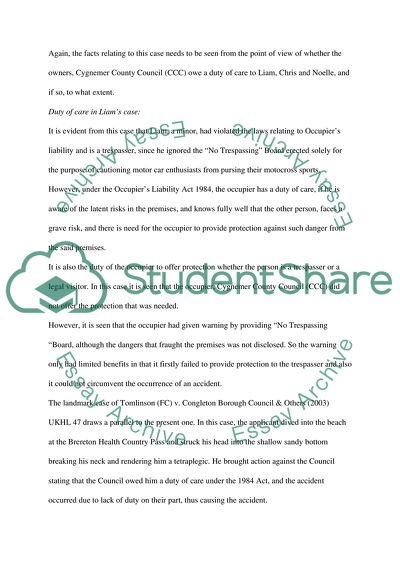Cite this document
(Occupiers Liability Act of 1984 Case Study Example | Topics and Well Written Essays - 2000 words, n.d.)
Occupiers Liability Act of 1984 Case Study Example | Topics and Well Written Essays - 2000 words. Retrieved from https://studentshare.org/law/1719620-coursework-assessment
Occupiers Liability Act of 1984 Case Study Example | Topics and Well Written Essays - 2000 words. Retrieved from https://studentshare.org/law/1719620-coursework-assessment
(Occupiers Liability Act of 1984 Case Study Example | Topics and Well Written Essays - 2000 Words)
Occupiers Liability Act of 1984 Case Study Example | Topics and Well Written Essays - 2000 Words. https://studentshare.org/law/1719620-coursework-assessment.
Occupiers Liability Act of 1984 Case Study Example | Topics and Well Written Essays - 2000 Words. https://studentshare.org/law/1719620-coursework-assessment.
“Occupiers Liability Act of 1984 Case Study Example | Topics and Well Written Essays - 2000 Words”. https://studentshare.org/law/1719620-coursework-assessment.


